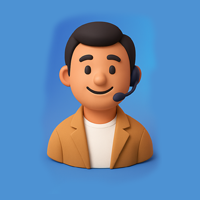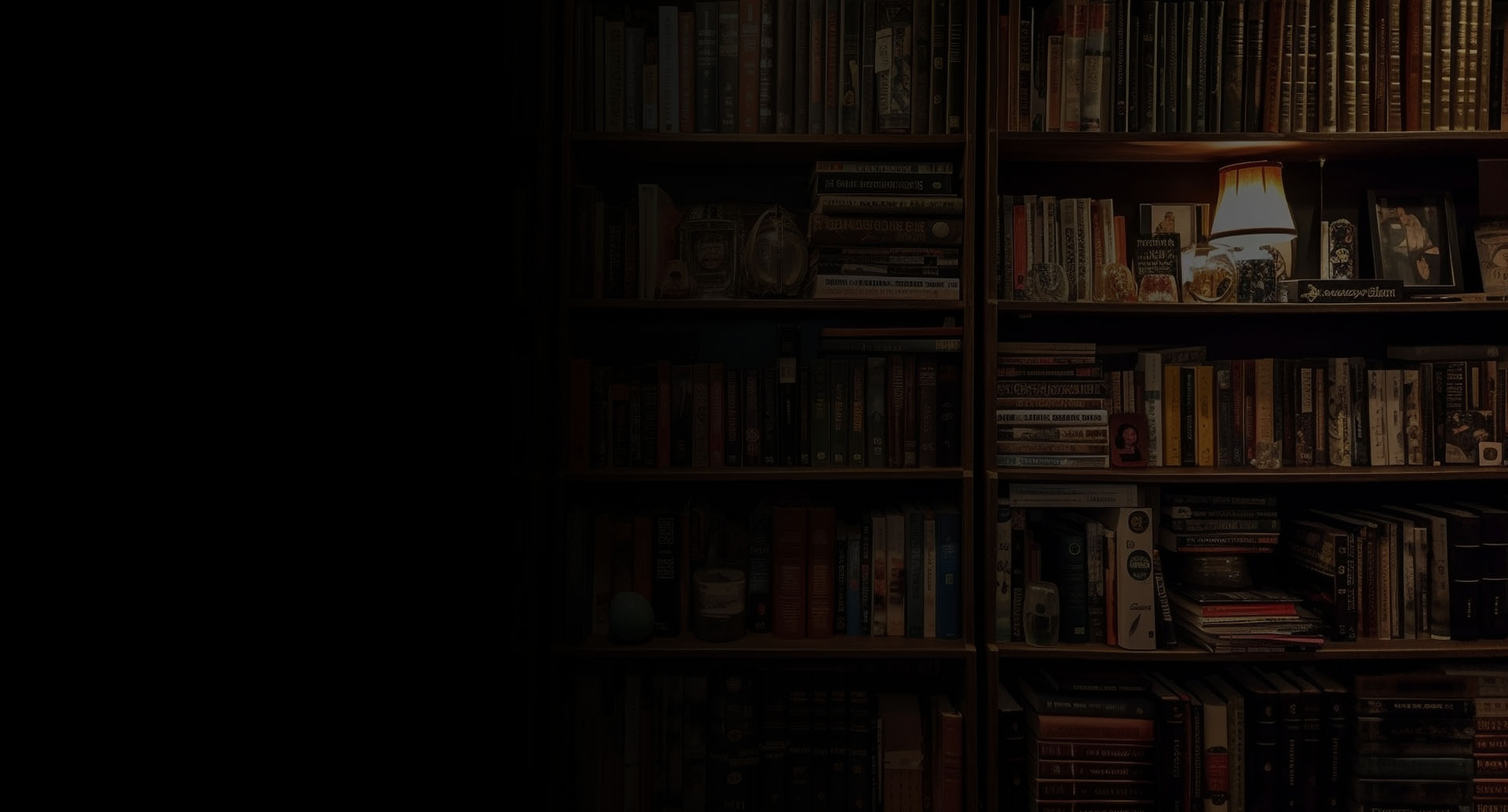
You know the feeling. You’re in a used bookstore, the air thick with the scent of old paper and leather. Your fingers trail across a row of spines until one catches your eye. You pull it out. The cover is a little worn at the edges, and the colors maybe not be as bright as they once were.
A question pops into your head, almost a whisper from the book itself: “Am I the first?”
Is this copy part of the very first group ever made? The debut audience for this story? It’s a magical thought. This isn’t just for high-end collectors. It’s for anyone who’s ever felt a connection to a story. That thrill of discovery, of holding a tangible piece of history, is what we’re talking about today.
Publishers can be a secretive bunch, but they’ve left clues behind. Little breadcrumbs for you to follow. Let’s learn how to read them. By the time you’re done here, you’ll know how to tell if a book is a first printing like a seasoned pro.
First Things First: What Are We Even Looking For?
Before we play detective, let’s get our terms straight. People throw around “First Edition” and “First Printing” like they’re the same thing. They’re close, but there’s a key difference.
Think of it like a song.
- The First Edition is the original recorded track. It’s the song as it was first released to the world.
- The First Printing is the very first batch of vinyl records pressed from that master recording.
A song can be a “First Edition” (the original hit) but be pressed onto a “Tenth Printing” (a re-press years later due to demand). The most special copy is the “First Edition, First Printing,” the original song on the very first record.
So, when we ask how to tell if a book is a first printing, we’re figuring out if our copy is from that initial, debut batch.
Cracking the Publisher’s Number Line
Alright, here’s the big one. This is the most reliable clue, hidden in plain sight. You just need to know where to look.
Turn to the very beginning of the book, to the page that’s usually behind the title page. It’s called the copyright page. It’s full of legal jargon, publishing dates, and ISBNs. And nestled in there, you’ll often find a string of numbers.
It might look like this: 10 9 8 7 6 5 4 3 2 1
Or this: 1 2 3 4 5 6 7 8 9 10
This is the number line, and it’s the publisher’s secret code for the printing number. The rule is beautifully simple: the smallest number you see is the current printing.
Let’s break that down.
- If you see a ‘1’ in that sequence, you’re likely holding a first printing. Congratulations!
- If you pick up a book later and the number line reads 3 4 5 6 7 8 9 10, what happened? The ‘1’ and ‘2’ have vanished. That means the ‘1’ and ‘2’ printings are sold out, and you’re holding a copy from the third printing.
It’s like a countdown. Each time they print a new batch, they remove the next number in sequence. Simple, right?
Sometimes, publishers are kind and just write “First Printing” or “First Edition” right there on the page. The number line (also called the printer’s key) is the most common way modern publishers indicate printing. It’s the most consistent trick to learn how to tell if a book is a first printing.
Go on, try it now. Grab any book off your shelf and find the copyright page. See the numbers? You’ve just unlocked the first part of the mystery.
Playing Book Detective: Other Clues to Confirm Your Guess
A good detective never relies on just one piece of evidence. While the number line is your best friend, here are a few other things to check that can support your case.
1. The Dust Jacket’s Original Price
Take a look at the front flap of the dust jacket. For books from, say, the 1960s or 70s, you’ll often see the original price. It might say “$5.95” or something equally charming. If you know that a famous novel first hit shelves at that price, and your copy has it, that’s a fantastic sign. Later printings often have higher prices, or sometimes the price is even clipped off by a bookseller.
2. The “First Edition” Statement
As we mentioned, some publishers, especially in the past, would state it outright. Seeing “First Edition” printed clearly on the copyright page is a great sign. But a word of caution—sometimes that phrase was left in by accident in later printings. So, use this as a supporting clue, not the final verdict. Always check the number line, too.
3. The Quirks and Mistakes
This one is fun. Sometimes, the first batch of books rushes out the door with a tiny, unnoticed error. Maybe a word is misspelled on page 42. Perhaps a character’s name is wrong in one spot. These are called “points of issue” by collectors.
Publishers fix these little errors for the second printing. So, if your copy has a known error, it’s almost certainly a first printing! For famous authors, you can find lists of these quirks online. It’s like the book has a unique birthmark.
A Quick Peek at the Exceptions
Now, not every publisher follows the same rules. They like to keep us on our toes.
- Some modern publishers might use a line of numbers that ends with a year, like 20 19 18 17 16 15, where the last number indicates the year of that printing.
- Others, particularly in the UK, might use a completely different system.
If you find a book where the number line is confusing, don’t worry. A quick online search for the specific book and publisher will usually clear things up. The community of book lovers is vast and helpful.
So, Why Bother? The Real Value of a First Printing
You might wonder why all this matters. Is it just about money? Well, for some, yes. A true first printing of a classic like “The Great Gatsby” is incredibly valuable.
But for most of us, the value is deeper.
It’s about history. You’re holding the object that first carried a story into the world. It’s a direct link to the moment an author’s dream became real.
It’s about connection. That book, which once sat on a shelf in a bygone era, was purchased by someone and has now found its way to you. There’s a special magic in that.
For the Authors and Dreamers
If you’re an author reading this, all this talk of first printings probably hits different. That isn’t just an abstract concept; it’s your future. The moment you hold that first-printed copy of your own book… there’s nothing like it. The weight of it. The smell of the pages. It’s the final, physical proof of all your hard work.
Getting to that moment requires more than just writing. It requires a partnership with a publisher who gets it. A team that cares about the quality of the paper, the sharpness of the print, and the feel of the cover as much as you do. It’s about turning your manuscript into an artifact that someone, decades from now, might find in a bookstore and feel that same whisper of connection.
Finding the right partner to bring your first printing to life is the most important step. If you’re looking for professional book printing services that treat your work with the care and expertise it deserves, contact Fleck Publisher. Let’s build that legacy together, starting with your very first batch.
Your At-a-Glance Detective Sheet
Don’t worry about remembering everything. Here’s your cheat sheet:
- Step 1: Go to the copyright page (behind the title page).
- Step 2: Hunt for the number line, a sequence of digits.
- Step 3: Find the smallest number. If it’s a ‘1’, you’ve hit the jackpot.
- Step 4: Corroborate your evidence: check the dust jacket price and look for a “First Edition” statement.
- Step 5: For a deep dive, research any known errors online.
See? You’re already an expert. The mystery of how to tell if a book is a first printing isn’t so mysterious anymore. It’s a skill. So go on, take your new knowledge for a spin. That next great find is waiting for you, and now you’ll know exactly what you’re looking at. Happy hunting!

